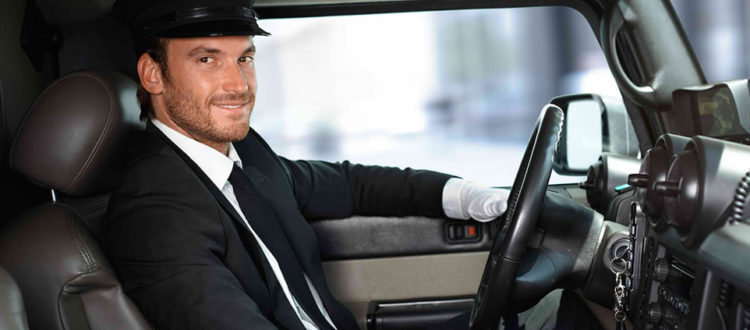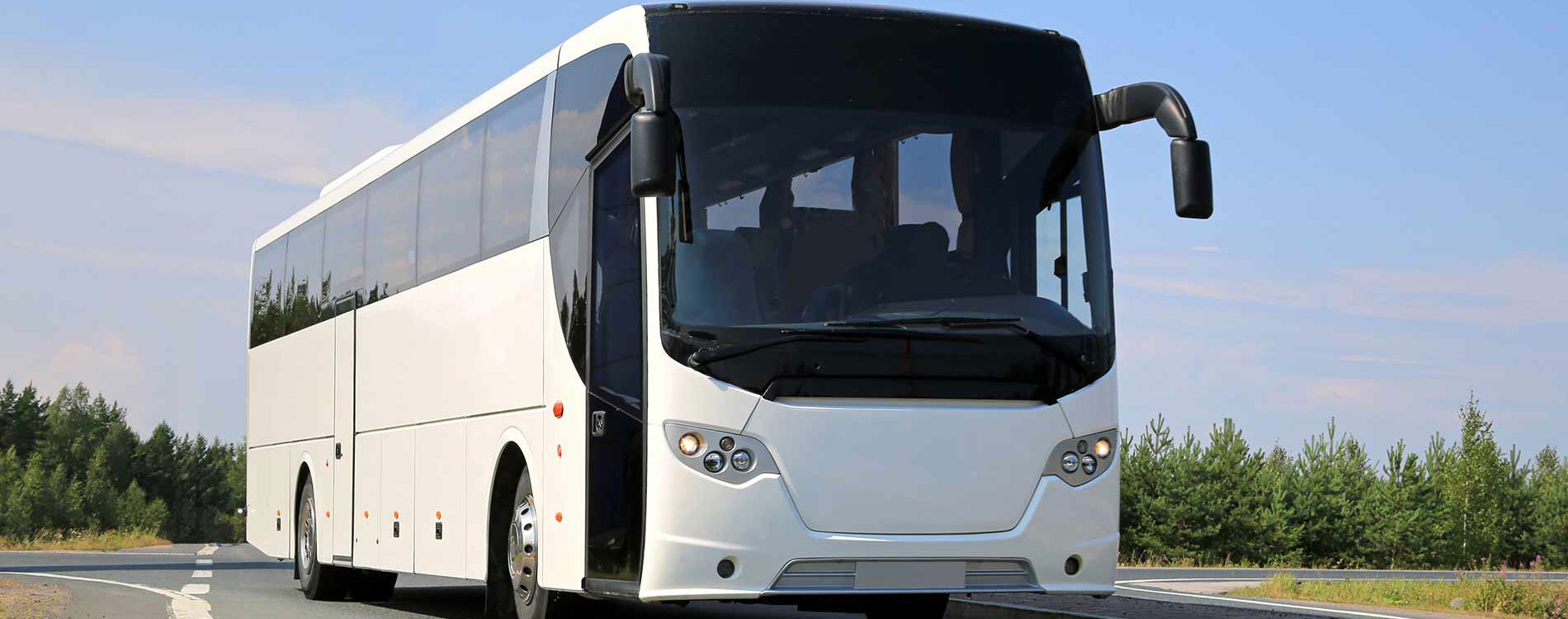Consequences of Idling a Charter Bus and How to Avoid Them
Consequences of Idling a Charter Bus and How to Avoid Them
If the engine is turned on and your vehicle is not moving, it’s called idling. Reducing unnecessary idling is possible by avoiding pick-up points or parking spaces. A bus emits more greenhouse gases than a single vehicle, so reducing idling on public, school, and charter buses is essential.
People need to realize the consequences of idle driving. Blessed Limo compiled a list of adverse effects of idle bus driving. It also offers strategies for charter bus companies, and drivers can decrease the practice.
Idling has its consequences
It pollutes our air
The National Conference of State Legislatures estimates that idling in the United States emits 6 billion gallons of exhaust fuel each year. These exhausts contain carbon monoxide, nitrogen oxides, and particulate matter, contributing to climate change, acid rain, and ozone depletion.
Drivers who idle worry about the potential for more emissions if they turn off their bus and start it again. According to the Environmental Protection Agency’s National Idle Reduction campaign, a bus idle time of more than three minutes causes more particulate matter emissions than starting a new engine. Restarting also emits less carbon monoxide or nitrogen oxides than idling for ten minutes.
Because fuel exhaust can also enter the air, it is essential to reduce idle time. Air intakes, doors, and windows can also seep into bus cabins and other buildings, and they can also seep into the lungs of people once it is there.
It can harm people’s health
The EPA states particulate matter in the exhaust can enter the lungs. NCSL also refers to work done by the World Bank, the Health Effects Institute, and others that show that approximately 100,000 people are affected each year by air pollution-roughly three times the number who die in car accidents. Children, the elderly, and people with pre-existing conditions can be especially vulnerable to exhaust fumes from idle. You should avoid idling if your charter bus company frequently works with schoolchildren and senior citizens, which will keep your passengers safe.
It is a waste of money.
Idling is not only bad for the Earth but also for people, and it’s also bad news for your buses and your wallet. Idling that isn’t necessary can cause excessive gas consumption and wear on your engine, causing you to purchase more vehicle parts.
To help you calculate how much gas money and fuel you could save by reducing unnecessary idle time, the EPA created the Diesel Emissions Quantifier. According to the EPA, running your engine at low speeds or no speed will cause 2x much damage to your machine as driving at average rates. You are decreasing the life expectancy of your vehicle’s components and increasing your maintenance costs every time you leave it idle.
It could be illegal
The National Conference of State Legislatures states that 23 states prohibit idle time for any or all vehicles. You can only idle for 3-5 mins in 9 conditions, while 14 other states have a limit on idling vehicles over 10001 pounds (aka the giant charter buses).
You will need to consult the state regulations to determine your destination’s specific policies. However, it is a good idea to limit idle time to 3 minutes to avoid legal problems. Limit idle time for bus companies. These are some tips and strategies.
How can bus providers reduce idle?
Implement a policy of reducing idle time
Establishing clear guidelines for the entire company about when idle is acceptable is one of the best ways to reduce sedentary time. These are the basic guidelines suggested by the EPA:
- Buses should be in motion when the engine is turned on.
- After arriving at the loading and unloading areas, turning off the machines immediately is essential.
- Buses should only be started once they are ready for departure.
- Manufacturers recommend that morning warm-up time be kept to a minimum of 5 minutes.
- Bus drivers should not follow behind buses closely for extended periods, which can cause more exhaust to enter the bus.
These regulations are incredibly general, so your guidelines need to be more specific. You could ask bus drivers to stop sitting for three minutes or give them a time limit. This brings us to the next suggestion.
Celebrate and educate! Drivers.
Drivers play the most crucial role in reducing idle time. It doesn’t matter how many policies you implement; if your drivers need to learn and follow them, they won’t be able to reduce idling. You can hold a training session with all your drivers on idling or include idling reduction in training events that you already have. Explain why idling can be harmful and give them clear guidelines.
Talking about everyday situations where idle time is unnecessary may be helpful. Because they think it will take a short time, some drivers don’t stop buses for loading or unloading. If you have large groups that may need to store or count their luggage, it’s easy to exceed the 3-minute time limit.
It’s also essential to recognize drivers who have reduced their idling time. You may also use your onboard vehicle tracking system to track drivers who have reduced their idle time. You can reward drivers for reducing their sedentary time by a certain amount or offer take-out to everyone if the whole team reduces their idle time.
Regularly update your vehicle
Older buses emit less harmful and dangerous emissions than newer ones. Even when buses are forced to stop, such as in traffic, they produce fewer harmful emissions than older models, making them safer for the environment and passengers. If it is financially feasible, replace the oldest buses in your fleet with newer models.
You can only replace some buses. If you plan to keep your bus for at least another few years, consider installing pollution control or idling-reduction technology such as direct-fired heaters and auxiliary power units (APUs) or battery-powered units. Long-haul truck drivers primarily use these technologies to keep heat and air conditioning running even when the engine is turned off. However, they could also be helpful for charter bus drivers who long wait in buses.
Even if you don’t have idling reduction technology in your fleet, you can reduce the damage that was idling causes by maintaining your buses. The bus will produce more emissions if its parts are more worn than newer ones. Although a well-maintained bus won’t be as efficient as one older, it will be just as energy-efficient.
Bus passengers can reduce idling
Ask your bus company whether they have an idling policy. Ask the bus company you are booking with if they have policies prohibiting unnecessary idle. This is especially important if traveling with seniors or children is more susceptible to exhaust fumes.
Blessed Limo Wants To Help You Go, Green
Charter buses emit less carbon than planes and can carry up to 56 passengers. This takes many personal vehicles off the road. Charter buses are a greener way to travel. Even though larger vehicles produce more harmful emissions, they still emit a lot. You can reduce unnecessary emissions by reducing idle time and protecting your charter buses, passengers, and the environment.


